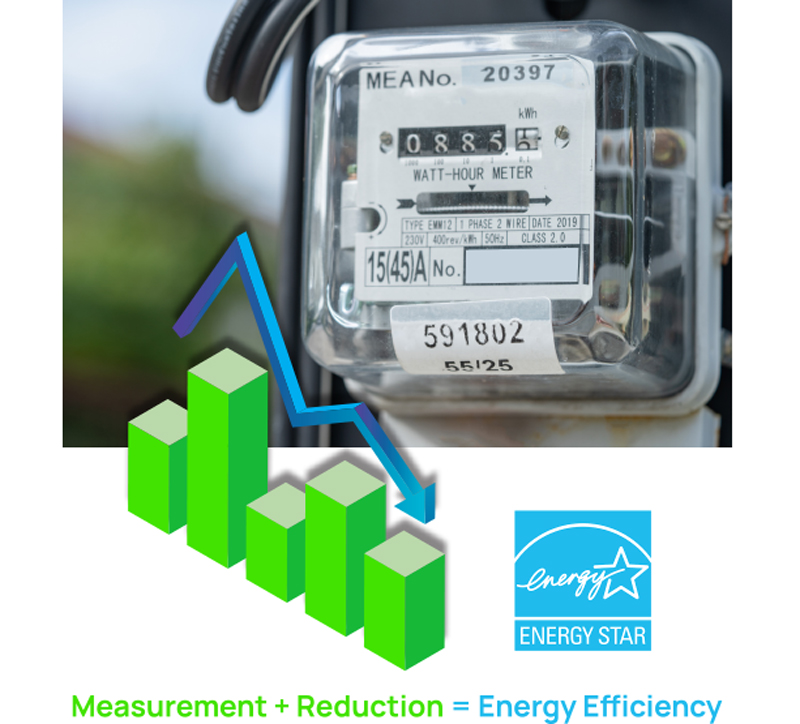Energy Benchmarking
You can’t address what you don’t measure. That’s the logic behind building benchmarking.
Many cities, states, and counties across the United States now require large commercial buildings to report energy and water usage on an annual basis. Requiring owners and property managers to gather and report this information to the federal government’s Energy Star Portfolio Manager will generate awareness about the energy efficiency, or lack thereof, of local building stock. As a result, cities such as New York, Boston, and Washington, DC have begun mandating the carbon footprint reduction of these inefficient commercial buildings. Failure to comply will result in severe financial penalties levied by the city against the building.
Prior to required benchmarking, a clear picture of a building’s energy consumption may not have existed. Larger buildings, particularly skyscrapers in urban business districts, contain multiple tenants that are paying their own utility bills. Consequently, there may be no real understanding of just how much energy a building consumes.

After total energy and water data is gathered for an entire building, the consolidated consumption is uploaded online to the Energy Star Portfolio Manager. A score between 1 and 100 is then returned; the higher the score, the more efficient the building.
A score of 75 allows a building to earn Energy Star certification, which is a great marketing tool to attract new tenants.
In fact, the City of Philadelphia conducted a study that showed that tenants are willing to pay a premium for occupancy in an energy efficient building.
Owners, especially those of newer buildings, may be surprised by just how inefficient their buildings are. There is a common perception that recently constructed buildings are more energy efficient than their older counterparts. Generally speaking, this is true. However, those responsible for the management of older buildings realize that those inefficiencies exist and make efforts to address them through lighting, HVAC, and building envelope improvements. Consequently, it is not uncommon for a pre-war building to operate more efficiently than one that is only 20 years old.

Window film reduces the solar heat load entering a building and reduces man made heat loss during the winter.
Before and after studies have shown that window film can increase a building’s Energy Star rating by 10 points! Those 10 points may mean the difference between having or not having Energy Star certification.
Requiring owners and managers to consolidate annual energy and water consumption generates the awareness necessary to make upgrades for the sake of operational efficiency. Energy and water efficiency not only reduces operating costs, but also reduces a building’s carbon footprint, which can attract prospective tenants, especially those with an environmentally-friendly corporate culture.











